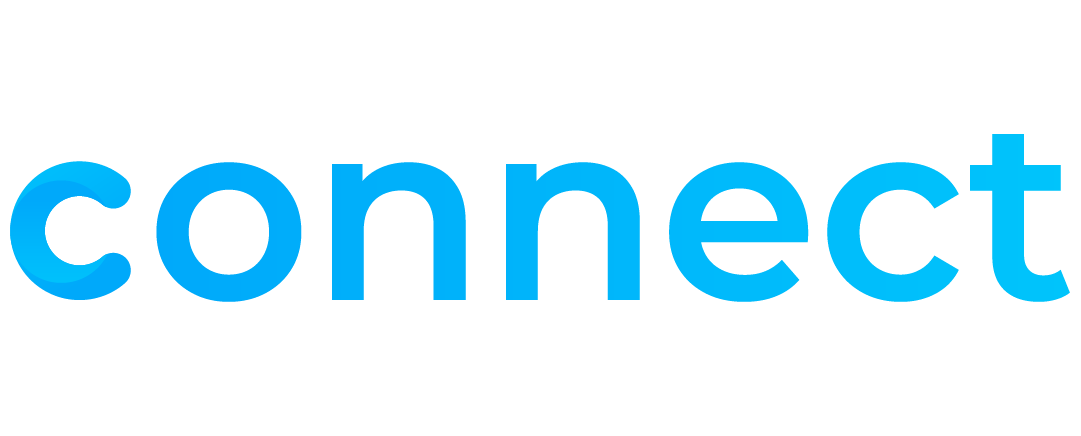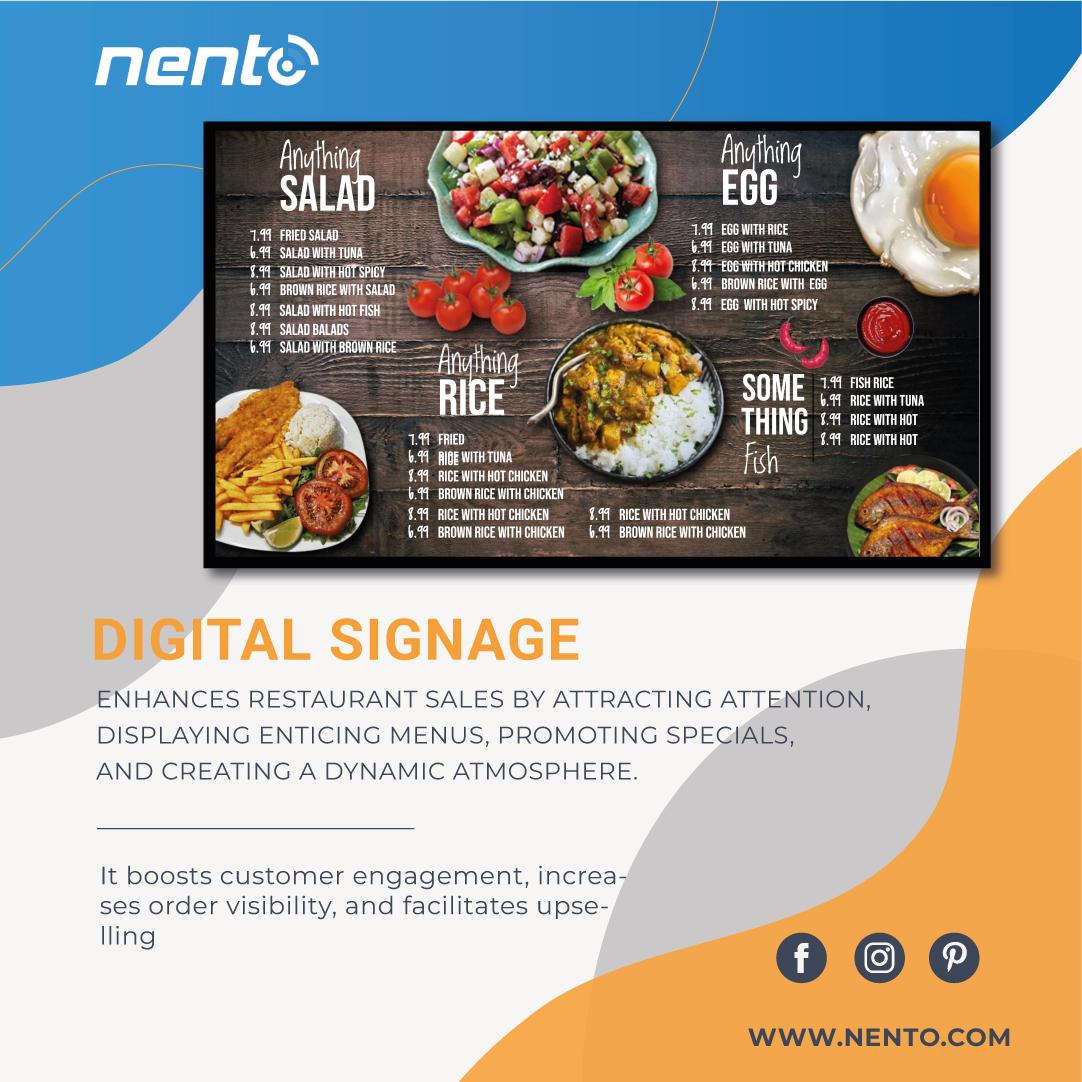Are you having an old Television or a computer monitor that is no longer in use? It is a mistake to leave it unused for your restaurant’s marketing advantage. If you are a restaurant owner, it is easy to switch from old school static screens to effective digital signage solutions for restaurants that will help you increase customer engagement, manage the menu change, and save your money.
That is why it is high time to bring the old screens back to life with digital menu boards for restaurants.
Step 1: Selecting appropriate Digital Signage Software
The first and the most crucial is the choice of digital signage software that is compatible with older screens. Search for platforms that are based on clouds, support HDMI input and do not need powerful equipment. Most of the digital signage providers have cheap or even free packages targeted at small businesses and restaurants.
Your software should allow easy creation, scheduling and modification of your content from a remote location. This is particularly useful for generating the restaurant’s digital menu boards to be changed frequently—such as lunch offers, happy hour, or different seasons.
Step 2: Employ a media player (such as Chromecast or Fire Stick)
Unfortunately, many of the older screens do not come equipped with smart functionalities. That is where media players come into the picture. Devices like Amazon Fire TV Stick, Google Chromecast or Raspberry Pi can connect to the Wi-Fi and run the chosen digital signage application. There is nothing complicated about it: connect media player to the HDMI port of the screen, connect it to the network and pair it with the software.
This is a convenient way of running your digital signage for restaurants without having to spend a lot of money on commercial screens.
Step 3: Design Engaging Content
Now for the fun part—designing your content. The use of templates available for digital signage makes it possible to design these even if one lacks the skills of a graphic designer. It is recommended to use the large fonts, the contrasting color and high-quality images to attract attention. It is crucial to emphasize regular meals or promotions such as a new dish, a special offer, a beer promo, a quiz night, or a band playing live.
However, it is important to note that the messages displayed on the digital menu boards for restaurants should be clear and easily readable. The text should be kept to a minimum, visuals should be used, and all elements should be big enough to be seen from a distance.
Step 4: Mount and Power Up
If it is easier for customers to use a repurposed screen, then the best place to mount it is behind a counter, at the entrance or in the drive-thru. Ensure the device does not run out of battery and is well connected to a good network to ensure the process runs smoothly. Once implemented, your content will play and update on the screen in accordance with the set time.
Step 5: Update Regularly
This way, one of the most important advantages of using digital signage for restaurants is flexibility when it comes to content. No more having to print the new menu or writing the daily specials on paper and stick them all around. By clicking once or twice more you can update the screen with new promotion, holidays or customers’ choice.
Final Thoughts
It is not necessary to spend a lot of money to switch to digital menu boards for restaurants. Thus, using the updated old screens and choosing the right equipment, one can obtain the high-quality and attractive screens that contribute to the enhancement of brand image and positive customer perception.
Do not let those old screens to remain idle—use them and let your signs speak for themselves.



